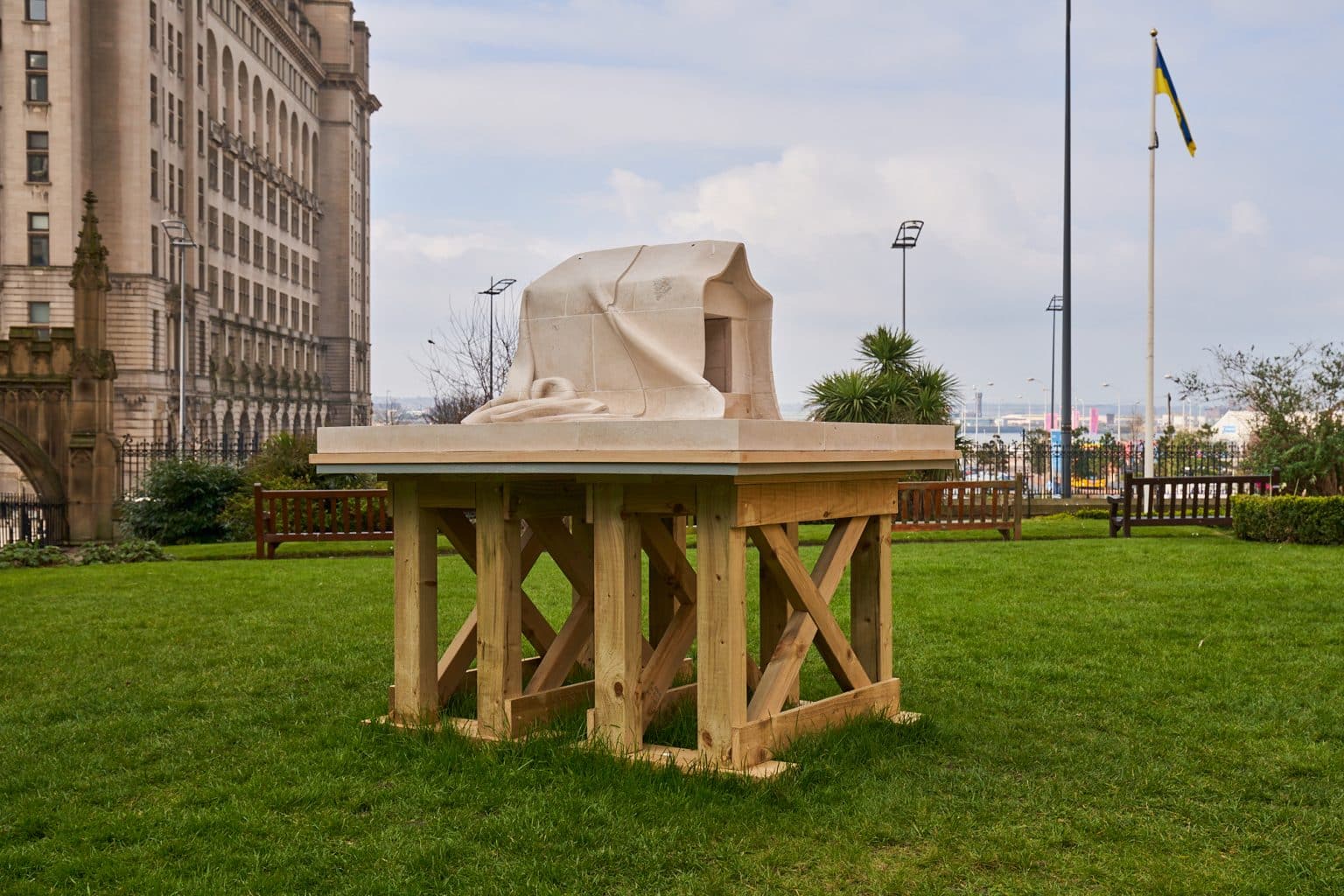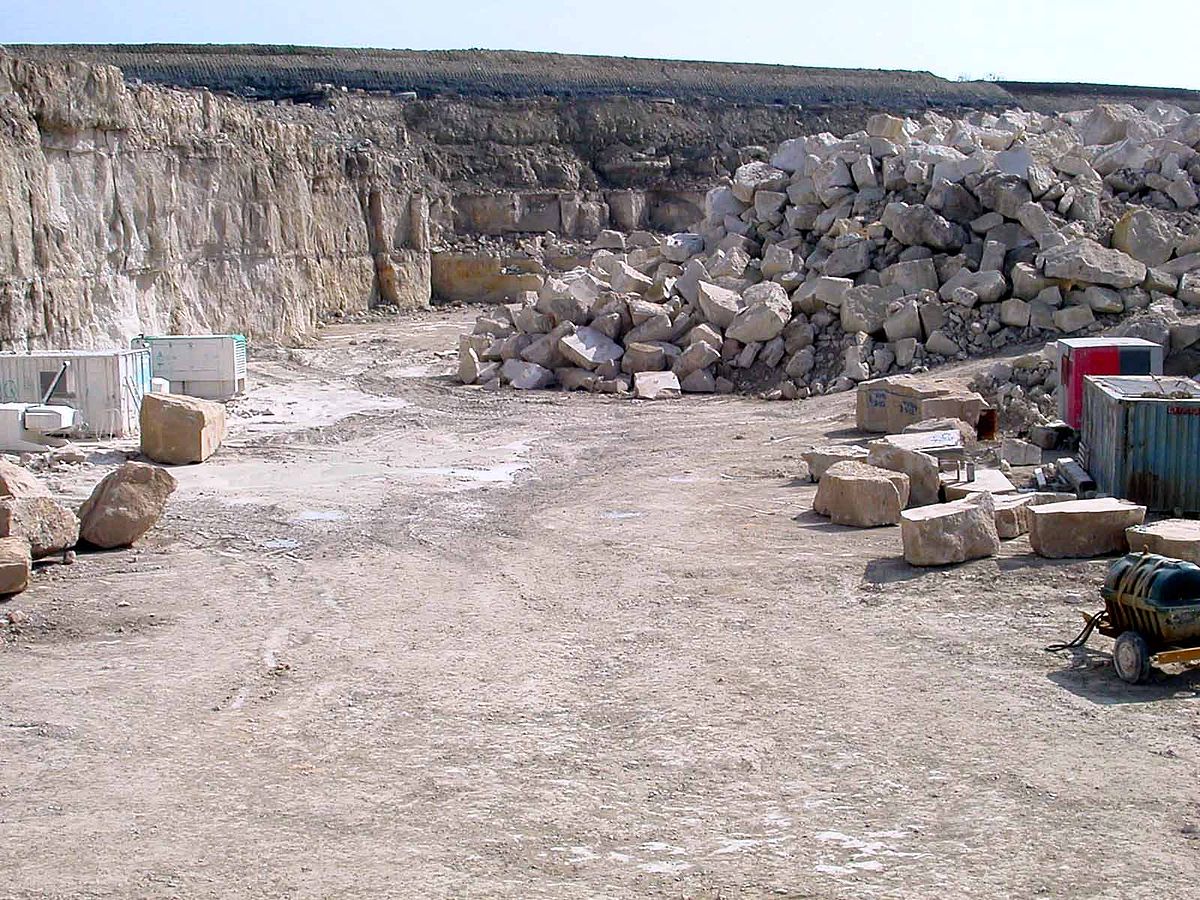|



Over the past few years, the notion of sustainable art has grown considerably, making a number of efforts to increase the awareness of key issues regarding the social and environmental impact. Contemporary sculpture is quickly becoming a part of these efforts, with ‘Camp, Do We Go Around the Houses, or Do Houses Go Around Us?’ returning us to a focus on material and why it matters. Three models of shelter-like forms, each expertly crafted from natural materials, operate as sculptural works as well as material investigations. Drawing on a number of different technical approaches from stone carving, to mycelium cultivation, to digital modelling, this installation harnesses the power of nature, bringing together traditional practices with cutting-edge techniques to examine sculpture as a space of possibility and transformation.
For this installation, Pangaea worked with our client to produce a series of sculptures of shelters made from mycelium, reclaimed Portland stone and cob. This offered an innovative way to bring together concerns around sustainable development through the material explorations and platform of contemporary sculpture.

Quarried on the Isle of Portland, Dorset, this Portland stone is formed in a marine environment, on the floor of a shallow, warm, sub-tropical sea. The noblest of building materials, it has been used extensively as a building stone throughout the British Isles, notably in major public buildings such as St Paul’s Cathedral and Buckingham Palace.
After the Second World War, the devastated centres of many towns and cities that had been subjected to bombing during the conflict, such as Bristol, Coventry, Plymouth and London were reconstructed using vast facades of Portland Stone.


Whilst mining is an invasive process, stone is a natural material, and its low maintenance and enduring properties means it has a valid place in any discussion on sustainable materials.
The noblest and most enduring of building materials, this shelter was traditionally hand carved out of reclaimed Portland stone, built to last and designed in a series of blocks to make temporary exhibition, transportation, assembly and reassembly easier. Digital scanning and sculpting technologies were an essential part of the making process, bringing together the traditional with technical innovation – made possible through partnership with Building Crafts College.